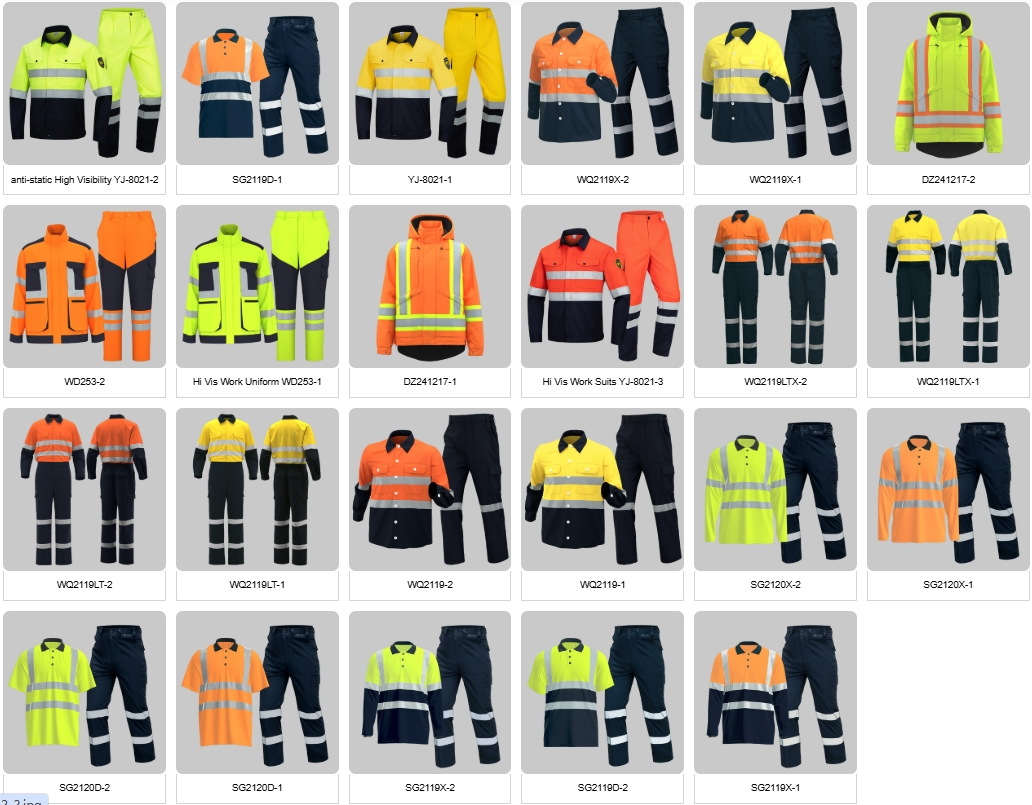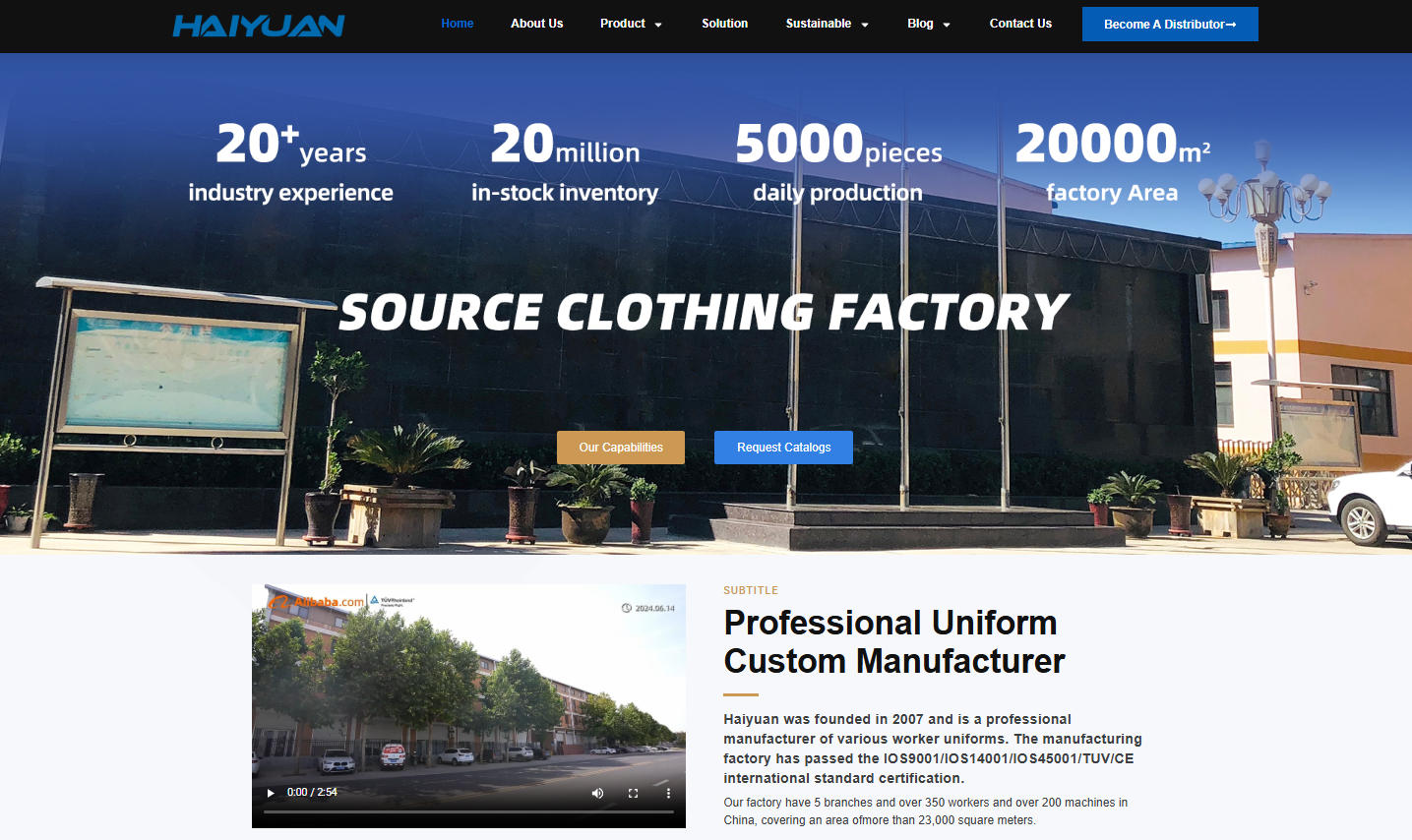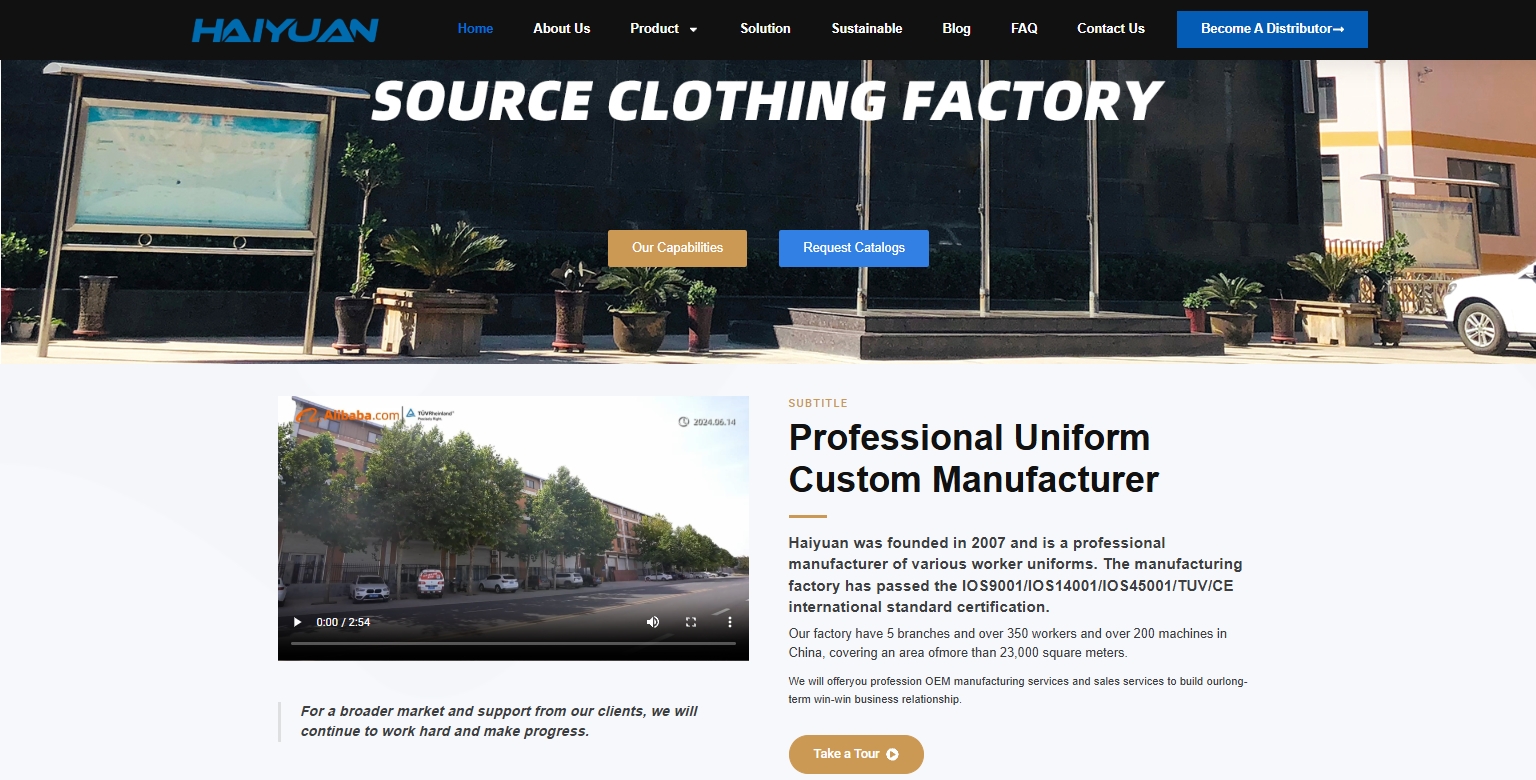This gets to the heart of a crucial trade-off: upfront cost versus long-term value and, most importantly, safety.
The short answer is: It can be, but it comes with significant risks and trade-offs. For any job where safety is a primary concern, buying cheap workwear is often a false economy and can be dangerously counterproductive.
Here’s a detailed breakdown to help you decide when “cheap” is a smart buy and when it’s a serious risk.
The Risks of Buying Cheap Workwear
1. Compromised Safety and Protection
This is the most critical factor. Cheap workwear often cuts corners on the very features designed to keep you safe.
-
Flame-Resistant (FR) Gear: Never, ever cheap out on this. Cheap FR clothing may not be certified to the correct standards (like NFPA 2112), may not withstand multiple washes, or may lose its protective properties. Your life could literally depend on it in an arc flash or flash fire.
-
High-Visibility (Hi-Vis) Clothing: Cheap hi-vis may use inferior fluorescent dyes that fade quickly and reflective tape that isn’t compliant with ANSI/ISEA 107 or EN ISO 20471 standards. This means you become “invisible” to equipment operators and drivers sooner, putting you at extreme risk.

hi vis clothes -
Waterproof and Insulated Gear: Cheap jackets often have poor seam sealing, low-quality membranes, and thin insulation. This leads to you being wet, cold, and at risk of hypothermia or simply miserable and unproductive.
-
Material Strength: Thin, weak fabric offers little protection against abrasions, cuts, or sparks.
2. Poor Durability and False Economy
This is the “cheap vs. inexpensive” paradox.
-
Low-Quality Materials: Cheap workwear is often made from lightweight, low-thread-count polyester or cotton blends that rip, tear, and wear out after a few months of hard use.
-
Poor Construction: Weak stitching that unravels, cheap zippers that break, and weak seams that burst under stress.
-
The Replacement Cycle: A $30 jacket that lasts one season is more expensive than an $80 jacket that lasts five years. You end up buying multiple cheap items, spending more in the long run.
3. Lack of Comfort and Features
Comfort directly impacts productivity and morale.
-
Poor Breathability: Cheap materials often trap sweat, making you hot in the summer and cold and clammy in the winter.
-
Bad Fit: Generic, boxy fits that restrict movement or are uncomfortable to work in all day.
-
Missing Features: Lack of useful pockets, hammer loops, knee pad pockets, or phone sleeves.
4. Uncertain Certification
Reputable brands pay for independent, third-party testing to verify their products meet safety standards. Cheap, off-brand workwear might claim to be “ANSI Class 3” or “FR” with no proof. If you can’t verify the certification, you cannot trust the protection.
When Might Cheap Workwear Be Acceptable?
There are specific scenarios where buying the cheapest option can be logical:
-
Light-Duty, Low-Risk Environments: If you’re doing a one-day home painting project, gardening, or working in a clean, climate-controlled warehouse with no specific safety hazards, a cheap pair of coveralls or a basic jacket is fine.
-
Disposable/Short-Term Use: If the garment is going to be destroyed by a single, messy job (e.g., applying insulation, working with fiberglass, heavy painting), it makes sense not to spend a lot.
-
As a Backup Layer: Having a cheap, spare hoodie or sweatshirt in your car for unexpected cold weather can be practical.
The Rule of Thumb: If the workwear’s primary function is to keep your everyday clothes clean, cheap can be okay. If its function is to protect you from a genuine workplace hazard (traffic, electricity, fire, cold, sharp objects), it is not the place to save money.
How to Make a Smart Decision: A Practical Guide
Instead of just looking at price, use this checklist:
-
Identify the Hazard:
-
High Risk (Electrical, Fire, Traffic): Invest in certified, high-quality gear from trusted brands.
-
Medium Risk (Abrasion, Weather, General Construction): Prioritize durability and verified features. Mid-range brands are your best bet.
-
Low Risk (Dirt, Minor Scratches, Light Duty): Budget options are acceptable.
-
-
Decode the Price:
-
Cheap: Low initial cost, high long-term cost, high risk.
-
Inexpensive/Good Value: A fair price for decent quality that will last. (Think store brands from reputable hardware stores or sales on good brands).
-
Expensive: High initial cost, but justified by superior materials, safety certifications, and durability that provides a lower cost-per-wear.
-
-
Look for Verifiable Certifications: Check the tags and product descriptions for specific standard numbers (e.g., ANSI 107, NFPA 2112, CE). A lack of clear certification is a major red flag.
-
Research the Brand: Stick with brands that have a reputation to uphold.
-
Top-Tier Durability: Carhartt, Dickies, Wolverine.
-
Top-Tier Safety: Carhartt FR, Radians, RefrigiWear, Bulwark, Ariat FR.
-
Good Value & Reliable: Caterpillar, Tough Duck, Dakota.
-
-
Read Reviews: Look for reviews from people in your trade, not just general consumers. They will comment on durability and performance in real-world conditions.
The Bottom Line
Buying cheap workwear is a gamble. You are gambling with your comfort, your wallet (in the long run), and, in high-risk jobs, your health and safety.
Prioritize quality and verified safety features for any task where the clothing is your primary defense against a workplace hazard. For less critical tasks, a cheaper option can be a practical, money-saving choice.
For some insightful reads, we’ve curated a list of recommended articles just for you:
- How do I find a product manufacturer in China?
- How to find cheap manufacturers in China? A guide to avoid pitfalls
- How to complete your first purchase of workwear in China safely and efficiently
- Custom uniforms for Small business
- Choosing the Best Industrial Work Suit
- Ultimate Guide: Best Wholesale Work Clothes in China
- Cut & Sew Customization
- Logo Customize Clonthing Manufacturer
- Labour Uniform manufacturer
- Labor clothing uniform for sale
- Working clothes china wholesale
Can’t find what you’re looking for? Feel free to contact us. We’re here to help 24/7.



